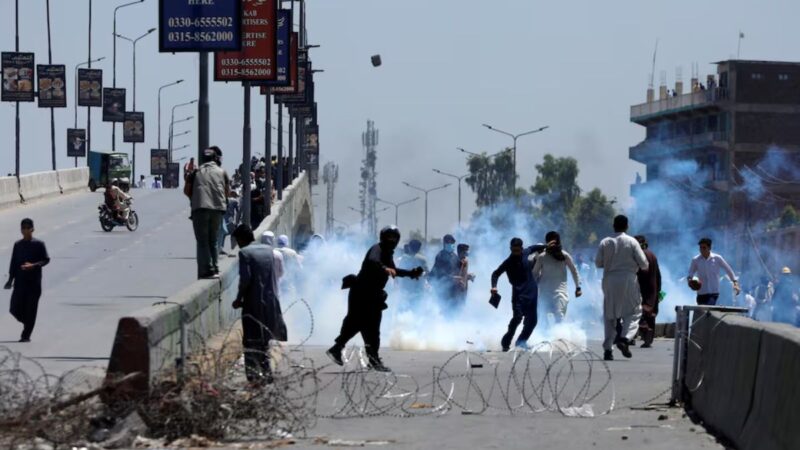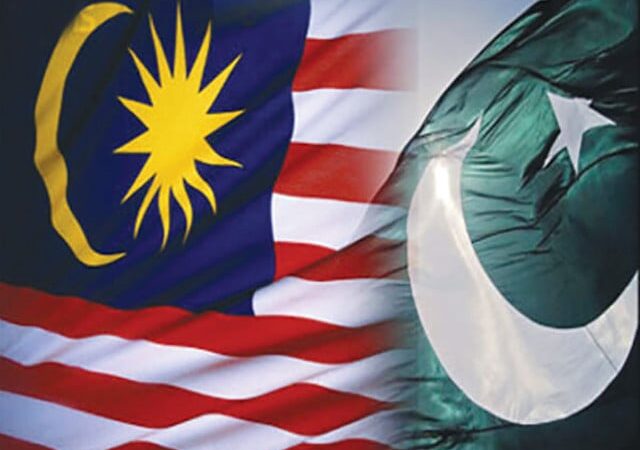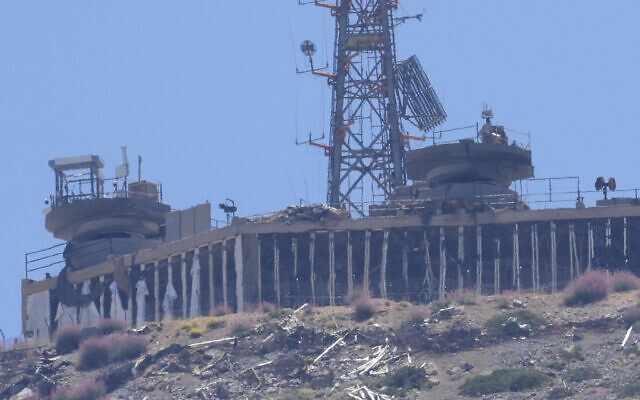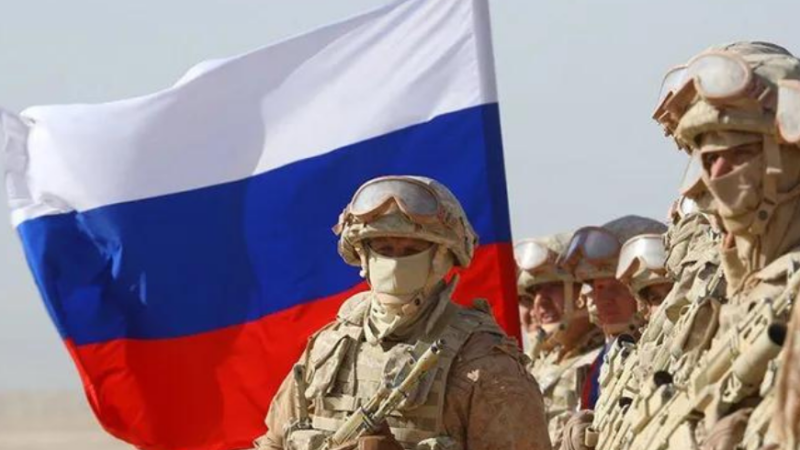U.S., Taiwan to push an alternative to China’s Belt and Road Initiative
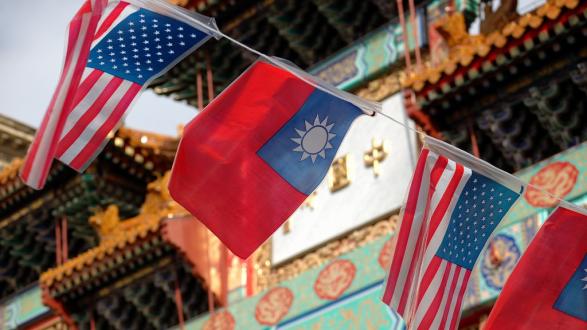
Advertisement
Taiwan and the United States has decided to move ahead with a plan to finance infrastructure and energy projects in Asia and Latin America as an alternative to China’s Belt and Road Initiative.
According to Taiwan’s finance minister, this alliance will provide greater transparency to countries seeking funding to develop their infrastructure.
“Taiwan and the U.S. are moving ahead with a plan to finance infrastructure and energy projects in Asia and Latin America, using capital raised from the private sector to ensure greater transparency,” Minister Su Jain-rong said in an interview in Taipei.
He said he hopes to see the first projects start within the next year or two.
The plan, initiated with the signing of an agreement between the U.S. and Taiwan in September, aims to raise funds through bonds aimed at Taiwanese banks, insurers and other private capital.
The Belt and Road Initiative relies heavily on loans from Beijing to governments and typically involves Chinese state-owned enterprises. The Taiwan-U.S. plan, however, “strongly emphasizes the participation of the private sector, while also stressing that funds should be raised via the market, which makes it highly transparent,” Su said.
World Bank President David Malpass urged Group of 20 countries in May to ensure greater transparency on government debt contracts, saying it is the only way to “balance the interests of the people with the interests of those signing the debt and investment contracts.”
Taiwan’s infrastructure lending is intended to be more transparent through the greater disclosure of information, such as amounts raised, yields and intended use, as part of the bond-sale process.
Taiwan is the latest addition to an expanding roster of U.S. partnerships on infrastructure investment in third countries. According to Su, 16 other countries have reached similar agreements with Washington, under which companies from those countries work with the U.S. International Development Finance Corporation to fund infrastructure projects.
Around $575 billion worth of projects have been built or are in the works as part of China’s Belt and Road Initiative, according to a World Bank estimate last year.
The U.S. estimates it will invest a combined $75 billion in developing countries by 2025 through the International Development Finance Corporation and private capital.
One major benefit of the financing framework for Taiwan lies in offering its cash-rich insurers the opportunity to find greater yields than are typically available at home, backed up by political support from the U.S.
President Donald Trump’s administration has made backing Taiwan a key pillar of the White House’s efforts to counter Chinese influence, and Su said he doesn’t see the financing collaboration changing much after Joe Biden takes office in January. He attributed that to shared values and strong bipartisan support for Taiwan in Washington.
Advertisement

